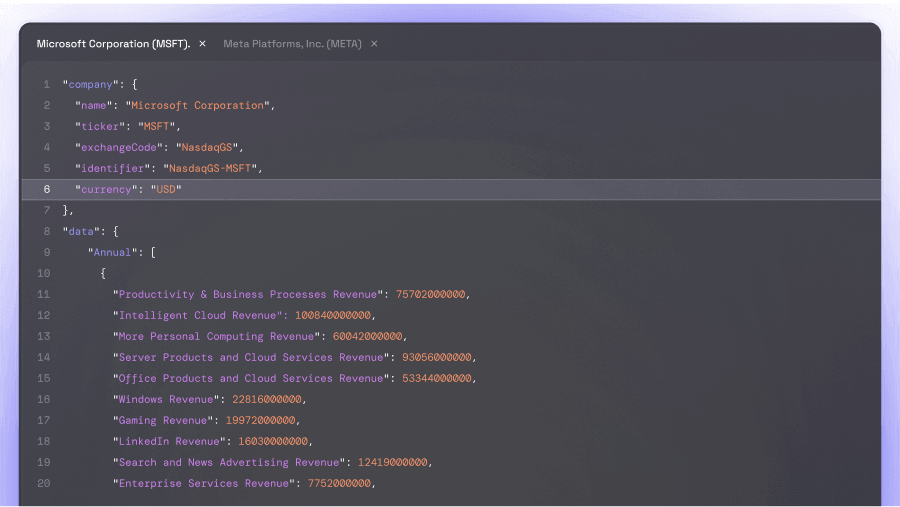
How investors profit from a Bitcoin crash – even without owning crypto themselves
When Bitcoin starts to slide, it does not necessarily mean losses for investors – on the contrary: There are several ways to even profit from a price drop. From classic derivatives to short strategies on crypto stocks, opportunities arise that, however, require a clear awareness of the risks involved.

If Bitcoin rises incessantly, the probability of an abrupt correction also increases. For investors, however, this does not only mean danger – a falling price can become the starting point for profit strategies if one knows the right instruments.
Bet on a Price Decline with CFDs
One of the easiest ways to speculate on falling prices are CFDs. These derivatives track the Bitcoin price without any actual coins being traded. Investors essentially place a bet with their broker: if the price falls, a profit is made; if it rises against expectations, losses can occur up to a total loss. Since both leverage and issuer risk are involved, CFDs are only suitable for very experienced traders.
Margin Trading: High Leverage – High Risk
Some cryptocurrency exchanges offer futures contracts where a portion of the position's value must be deposited immediately. The more volatile the underlying asset, the higher the margin requirement. For Bitcoin, this means: high margins, rapid price movements, and a significant risk of loss. For investors who can handle extreme fluctuations, margin trading still offers the opportunity to profit disproportionately from falling prices.
Bitcoin Futures: Regulated and Standardized
Through the CME futures exchange, investors can trade Bitcoin futures – an instrument that has added extra seriousness to the market since its introduction. A future obligates one to buy or sell Bitcoin at a set price at a specific time. This also allows for conveniently betting on a crash. The regulation makes futures more transparent, but here too: Those who are wrong pay.
ETNs: Exchange-Traded Notes
Investors who do not want to trade directly on crypto exchanges turn to ETNs. These products track the Bitcoin price but are not backed by real coins. Value fluctuations usually closely follow the underlying asset, but there is an issuer risk – if the provider becomes insolvent, there is a risk of default.
Borrow Bitcoin and Sell Short
Some trading platforms enable classical short selling: investors borrow Bitcoin, sell it immediately, and hope to buy it back later at a lower price. The difference represents the profit. This method is similar to traditional stock short selling but requires technical experience and extensive market knowledge.
Betting Indirectly on a Crash: Shorting Bitcoin-Related Stocks
Those who want to avoid the crypto market can still profit from a crash – for example, through companies whose business heavily depends on Bitcoin. These include crypto exchanges like Coinbase or miners like Marathon Digital. If cryptocurrencies fall, these firms also come under pressure. The advantage: The stock markets are regulated, the risk is better calculable, and price movements are often less extreme than those of Bitcoin itself.
Opportunities yes, but only for the risk-aware
A Bitcoin crash does not necessarily mean losses - it can even open a strategic window. However, almost every method that benefits from falling prices carries significant risks: leverage, risk of liquidation, issuer risks, and extreme volatility. Those who use such instruments should know the market well, closely monitor positions, and only invest capital that can withstand losses.








